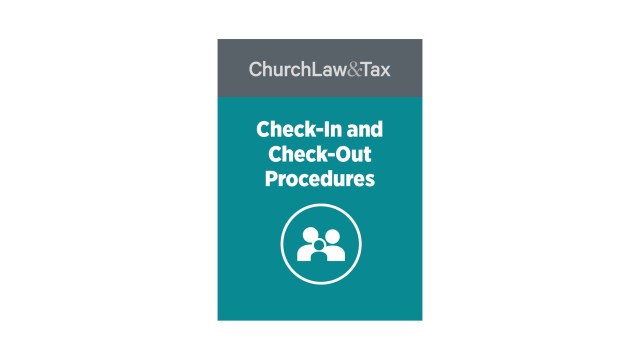• Failure to remove snow and ice from church property can result in unexpected liabilities. The Montana Supreme Court upheld a jury’s award of more than $400,000 to a young woman who was injured when she slipped and fell on an icy church sidewalk. The woman had arrived at the church at 6AM to perform volunteer work. Several inches of snow had fallen during the night, but she entered the church without difficulty. While she was in the church, the church janitor shoveled the sidewalks. Usually, he applied salt shoveled sidewalks to prevent ice accumulation, but on this occasion he did not. By 9AM, the woman had completed her activities, and exited the building. As she left, she noticed that the sidewalk had been shoveled, and she started to walk towards her car. The sidewalk was level for several feet, and she had no difficulty negotiating it. However, the last several feet of the sidewalk sloped sharply downward where 2 steps had been replaced by a “slope” to enable handicapped and elderly individuals to enter the church more easily. There were no railings at any point along the sidewalk. As the woman was descending this slope, she slipped and fell, landing on her head and neck. As a result of her injuries, she had to undergo 5 operations to her cervical spine. She sued the church, alleging that it had been negligent in the construction and maintenance of the sidewalk, and that it had failed to warn her of the dangerous condition. A trial court ruled in the woman’s favor, and the church appealed to the state supreme court. The church argued that it was not responsible for “natural accumulations” of snow and ice, that it had no duty to warn of a danger that was clearly apparent to a reasonable person, and that the sidewalk was not negligently constructed or maintained. The court concluded that “a property owner may be held liable for falls on accumulations of ice and snow where the hazard created by the natural accumulation is increased or a new hazard is created by an affirmative act of the property owner. Even where such a condition is actually known or obvious, a property owner may be held liable if he should have anticipated that injuries would result from the dangerous condition.” The court concluded that the church janitor’s act of shoveling the sidewalk without applying any salt left the sidewalk covered with a “sheen of ice” that constituted a new hazard different from the natural accumulation of snow and ice that existed previously. It was this hazard, along with the dangerous slope of the sidewalk (without a railing), that constituted negligence on the part of the church. This case demonstrates the risks that churches face in not adequately responding to snow and ice accumulations on their property, and in maintaining steeply “sloped” sidewalks. There is little doubt that this tragic injury could have been avoided had salt been applied to the shoveled sidewalk, and had the church constructed a railing along the steep portion of the sidewalk (or constructed it in such a way that the slope was more gradual). These are important considerations for churches to keep in mind. Davis v. Church of Jesus Christ of Latter Day Saints, 796 P.2d 181 (Mont. 1990).
© Copyright 1991, 1998 by Church Law & Tax Report. All rights reserved. This publication is designed to provide accurate and authoritative information in regard to the subject matter covered. It is provided with the understanding that the publisher is not engaged in rendering legal, accounting, or other professional service. If legal advice or other expert assistance is required, the services of a competent professional person should be sought. Church Law & Tax Report, PO Box 1098, Matthews, NC 28106. Reference Code: m58 m86 c0291
